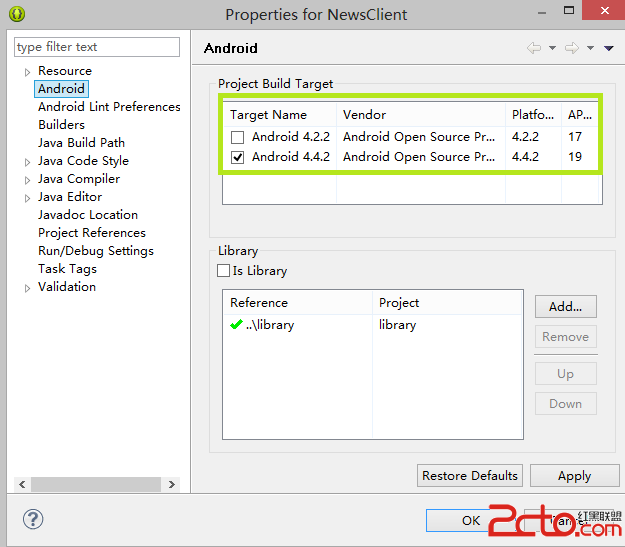編輯:關於Android編程
package XXX;
import org.ksoap2.SoapEnvelope;
import org.ksoap2.serialization.SoapObject;
import org.ksoap2.serialization.SoapSerializationEnvelope;
import org.ksoap2.transport.HttpTransportSE;
import org.xmlpull.v1.XmlPullParserException;
import java.io.IOException;
import java.net.InetSocketAddress;
/**
* 獲取應用XX關系類.
*/
public class OrderRelation {
/** 命名空間. */
private final static String NAME_SPACE = "urn:AppBackgroundSpEngine";
/** 方法. */
private final static String METHOD_NAME = "appSignRight";
/** WSDL文件的URL. */
private final static String WSDL_URL = "http://xxx/services/AppBackgroundSpEngine?wsdl";
/**
* <p>
* 獲取應用的XX關系接口
* </p>
*
* @param in XX關系的輸入參數
* @return XX關系結果
*/
public static OrderRelationResult fetch(OrderRalationInput in) {
if(in == null) {
throw new IllegalArgumentException("Input parameter is null");
}
final OrderRelationResult result = new OrderRelationResult();
final SoapObject so = new SoapObject(NAME_SPACE, METHOD_NAME);
so.addProperty("transId", in.getTransId());
so.addProperty("mobile", in.getUserId());
so.addProperty("imsi", in.getImsi());
so.addProperty("appId", in.getAppId());
so.addProperty("timeStamp", in.getTimeStamp());
so.addProperty("clientType", in.getClientType());
so.addProperty("sig", in.getSig());
final SoapSerializationEnvelope se = new SoapSerializationEnvelope(SoapEnvelope.VER11);
se.bodyOut = so;
final HttpTransportSE ht = new HttpTransportSE(WSDL_URL);
try {
ht.call(NAME_SPACE, se);
final SoapObject response = (SoapObject) se.bodyIn;
if (response != null) {
System.out.println("response:"+ response);
result.setResultCode(Integer.parseInt(response.getPropertyAsString("resultCode")));
result.setTransId(response.getPropertyAsString("transId"));
result.setType(Integer.parseInt(response.getPropertyAsString("type")));
}
} catch (IOException e) {
e.printStackTrace();
return null;
} catch (XmlPullParserException e) {
e.printStackTrace();
return null;
} catch (NullPointerException e) {
e.printStackTrace();
return null;
}
return result;
}
}
 Android自定義控件(狀態提示圖表)
Android自定義控件(狀態提示圖表)
1 背景前面分析那麼多系統源碼了,也該暫停下來休息一下,趁昨晚閒著看見一個有意思的需求就操練一下分析源碼後的實例演練—-自定義控件。這個實例很適合
 Android項目編譯的時候出現:Caused by: java.lang.ClassNotFoundException: com.example.aaa.MainActivity
Android項目編譯的時候出現:Caused by: java.lang.ClassNotFoundException: com.example.aaa.MainActivity
錯誤類型: 04-28 06:10:15.508: E/AndroidRuntime(849): Caused by: java.lang.ClassNotFoun
 第三十七講:Android數據儲存之SD卡
第三十七講:Android數據儲存之SD卡
傲不可長,欲不可縱,樂不可極,志不可滿。—— 魏 徵 本講內容:SD卡 上一講中我們學習了Android的數據存儲采用File,但是這樣的數據是存儲在應用程序內
 Android優化——UI優化(三)
Android優化——UI優化(三)
使用ViewStub延遲加載1.ViewStub延遲加載 ViewStub是一個不可見的,大小為0的View,最佳用途就是實現View的延遲加載,在需要的時候再加載Vie